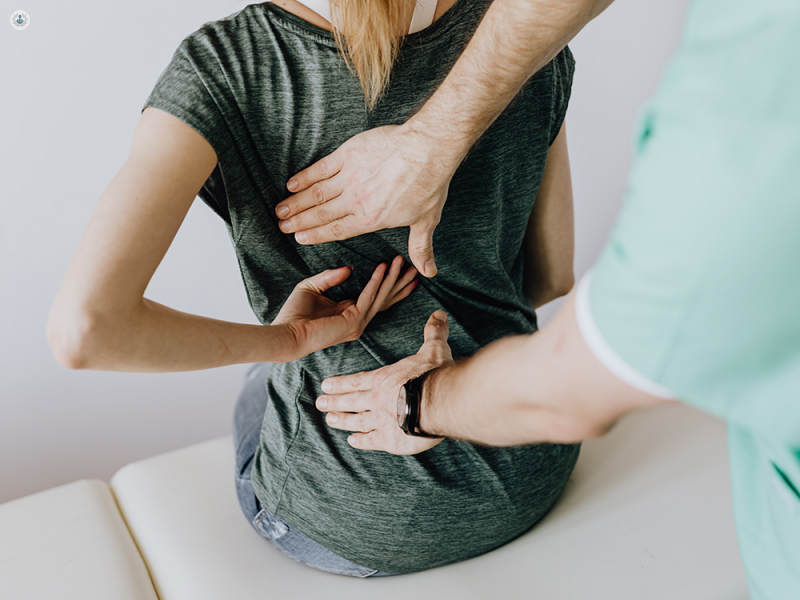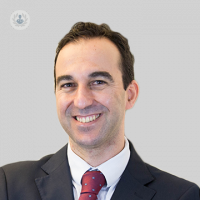Understanding lumbar disc herniation
Autore:Lumbar disc herniation, often referred to as a “slipped” or “ruptured” disc, is a condition affecting the lower spine, usually between the vertebrae L4 and L5 or L5 and S1. It occurs when the soft inner gel of a spinal disc pushes through its tougher outer layer, compressing nearby nerves.
This condition can cause significant pain, numbness, or weakness in the lower back, legs, and even down to the feet. While it can affect people of all ages, lumbar disc herniation is most common in adults between 30 and 50 years old, particularly those who engage in heavy lifting or repetitive activities.

Causes
Several factors contribute to lumbar disc herniation. Ageing is one of the primary causes, as spinal discs naturally degenerate and lose flexibility over time, making them more susceptible to tearing or rupturing. Physical strain, especially lifting objects incorrectly or engaging in high-impact activities, can increase the risk.
In some cases, repetitive motions or prolonged sitting can also place extra pressure on the spine, leading to disc herniation. Additionally, certain lifestyle factors, such as obesity and lack of exercise, weaken the spine’s supporting muscles, further predisposing individuals to this condition.
Symptoms
Symptoms of lumbar disc herniation vary, with many experiencing localised lower back pain, while others feel radiating pain down the sciatic nerve, which travels from the lower back through the hips and legs. This sciatic pain, known as sciatica, can cause numbness, tingling, or weakness in the leg, affecting one’s ability to walk or stand comfortably.
Treatment
Treatment options for lumbar disc herniation typically begin with conservative, non-surgical methods. Physical therapy, anti-inflammatory medications, and hot or cold compresses can relieve pain and reduce inflammation.
Epidural steroid injections may also be administered to reduce swelling around the affected nerves. For cases unresponsive to these treatments or where nerve damage is at risk, surgery, such as a microdiscectomy, may be recommended to remove the portion of the disc compressing the nerve.
Early diagnosis and appropriate treatment can lead to a full recovery. Maintaining core strength, practicing good posture, and using proper lifting techniques can help prevent future lumbar disc issues, allowing individuals to return to a pain-free, active lifestyle.


